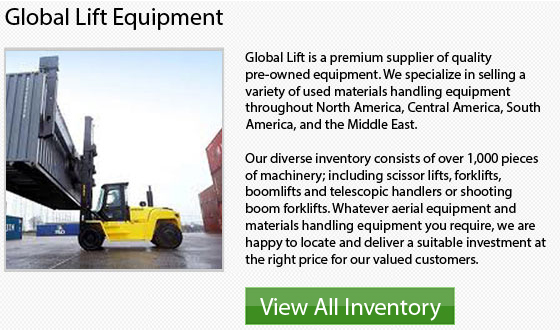
In the last decade, telehandlers, also known as rough terrain variable reach forklifts, have surpassed the popularity of powered mobile equipment. These machines have become the gem of the construction industry and with excellent reason. These kinds of machines are versatile, extremely powerful and useful. Because several units and manufacturers has exploded over the past 5 years or so, there are presently a number of these equipment readily offered on the market.
The Telehandler is considered a Class 7 Powered Industrial Truck. In name only, this description means it is a rough terrain forklift. Any of the similarities between a telehandler and a vertical mast type forklift literally ends on operation and on sight. There are some other major distinctions between the two equipment discussed below.
A telehandler has an entirely different appearance as it is outfitted with a horizontal boom as opposed to a vertical mast. From a distance, a telehandler with a jib attachment could resemble more of a mobile crane rather than a forklift. The boom could telescope or extend and retract as long as 30 feet and beyond that depends on the specific model. The boom can also elevate to an angle from horizontal to about 70 degrees. Telehandlers have been called "zoom booms" because of their ability to telescope. This name has become rather popular with the operators.
"Transaction" is another optional boom related function. Telehandlers that are outfitted with this alternative have a boom that is mounted on the chassis in such a way that when the operator activates it, the entire boom to travel back and forward, especially for distances up to eight feet or so. Among the major advantages of this function is that it enables the forks to be withdrawn from a load cleanly or with no snags and the forks could be inserted under cleanly, regardless of the boom angle.
The construction industry have been changed by zoom booms. They could perform many types of jobs which used to take much more time and man-power to finish.